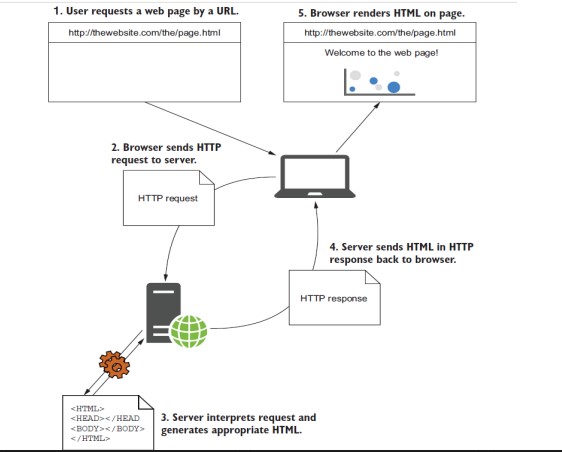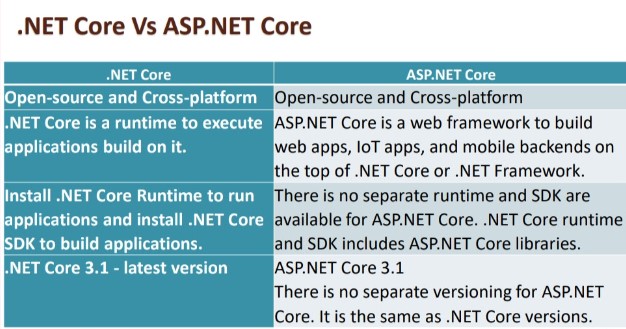Explain different types of LINQ with examples.

LINQ (Language Integrated Query) LINQ (Language Integrated Query) is the name for a set of technologies based on the integration of query capabilities directly into the C# language. With LINQ, a query is a first-class language construct just like classes, methods, events. The LINQ family of technologies provides a consistent query expression experience for objects (LINQ to Objects), relational database CLING to SQL) and XML (LINQ to XML). Example class LINQQuery Expressions { //Specify data source static void Main () int[] score s = new int[ ] {10, 20, 30, 40}; // Define query expression Enumercable <int>scoredQuery=from score in scores where score > 20 select score; //Execuite query for each (inti in scoreQuery) { console.Write(i+" "); } } } Output 30.40 a) Introduction of LINQ to XML While using LINQ to XML, loading XML documents into memory is easy and more easier to querying and document modifications. It is also possible to save XML documents existing in







